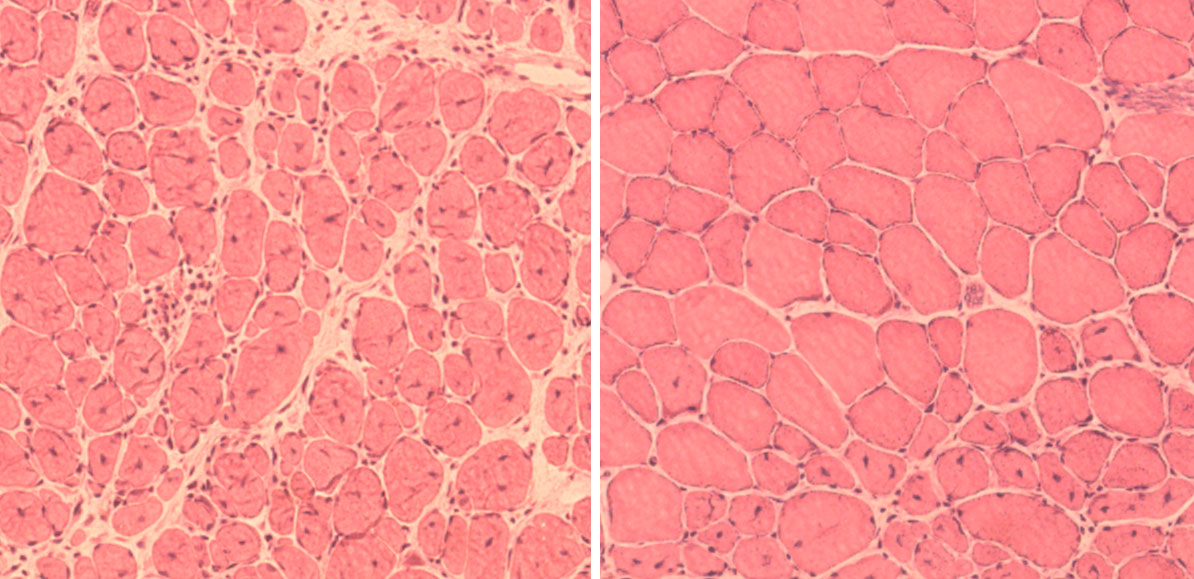Aging May Be Reversible: Researchers Rejuvenate Older Mice

Getting old may not be inevitable — scientists have found a way to turn back the clock on human and animal cells, making them look and behave like younger versions of themselves.
The researchers also used the method to treat mice with a rare disease that causes them to age prematurely and die early, and found that the method increased the animals' lifespan by 30 percent. And, when normal mice received the treatment, they appeared to be rejuvenated, with some of their cells healing faster than normal in response to injury.
The researchers said that their findings may help scientists better understand the process of aging. One day, it may be possible to use a similar approach to ward off age-related diseases in humans, and thus improve people's health and increase their lifespan, they said.
"Our study shows that aging may not have to proceed in one single direction," study researcher Juan Carlos Izpisua Belmonte, a professor in Salk Institute's Gene Expression Laboratory in La Jolla, California, said in a statement. [Extending Life: 7 Ways to Live Past 100]
"Obviously, mice are not humans and we know it will be much more complex to rejuvenate a person," Izpisua Belmonte said. "But this study shows that aging is a very dynamic and plastic process, and therefore will be more amenable to therapeutic interventions than what we previously thought."
Scientists already knew that by "turning on" four genes (known as the Yamanaka factors) inside human cells growing in lab dishes, they could convert the cells back to a state that is seen in human embryos. Cells that have undergone this procedure are known as induced pluripotent stem cells, and are capable of becoming any cell type inside the body, and they can divide indefinitely.
But previous studies have found that when this method is used on live animals, they develop cancer.
Get the world’s most fascinating discoveries delivered straight to your inbox.
In the new study, the researchers devised a way to turn on the Yamanaka factors, but only for short periods of time.
They started with mice that had a disease called progeria, which causes them to age faster than normal. They genetically engineered these mice so that their cells would turn on the Yamanaka factors when the mice were treated with a certain compound (in this case, the antibiotic doxycycline).
The researchers started the treatment in progeria mice when the animals were eight weeks old and then repeated the treatment, in short bouts, throughout the animals' lives. The researchers saw striking results: The mice looked younger inside and out — they showed less curvature of their spine with age, and their organ function improved. Their cells also appeared to have fewer molecular signs of aging than did those of untreated mice.
"The mice treated with these reprogramming factors had tissues that were better-looking, they were more healthy and they didn't accumulate the aging hallmarks," Pradeep Reddy, a research associate at the Salk Institute, said in a video from Salk.
When the researchers treated normal mice that had reached an old age, they saw that some of their cells had an improved capacity for regeneration — the cells in their muscles and pancreas healed more quickly after an injury, compared with older mice that didn't receive the anti-aging treatment.
The researchers also studied human cells that had been genetically tweaked so that they could "turn on" the Yamanaka factors after treatment with a chemical. When they treated these cells, the signs of aging in them were reversed, and the cells appeared younger on a molecular level.
One day, researchers might be able to come up with a way to substitute these four genes with a chemical compound that could be given to people in clinical trials, Izpisua Belmonte said. But the development of such a compound is likely many years away.
The study was published today (Dec. 15) in the journal Cell.
Original article on Live Science.

Rachael is a Live Science contributor, and was a former channel editor and senior writer for Live Science between 2010 and 2022. She has a master's degree in journalism from New York University's Science, Health and Environmental Reporting Program. She also holds a B.S. in molecular biology and an M.S. in biology from the University of California, San Diego. Her work has appeared in Scienceline, The Washington Post and Scientific American.



